Colorado is known for its stunning landscapes, from towering mountains to vast forests. But these natural wonders also come with a variety of wildlife that can be dangerous to humans.
Whether you're hiking, camping, or simply enjoying the outdoors, it's important to be aware of the potential risks posed by these animals. Understanding these creatures and how to react to an encounter can help you enjoy Colorado’s great outdoors without fear.
10 Dangerous Wildlife in Colorado
Mountain Goats
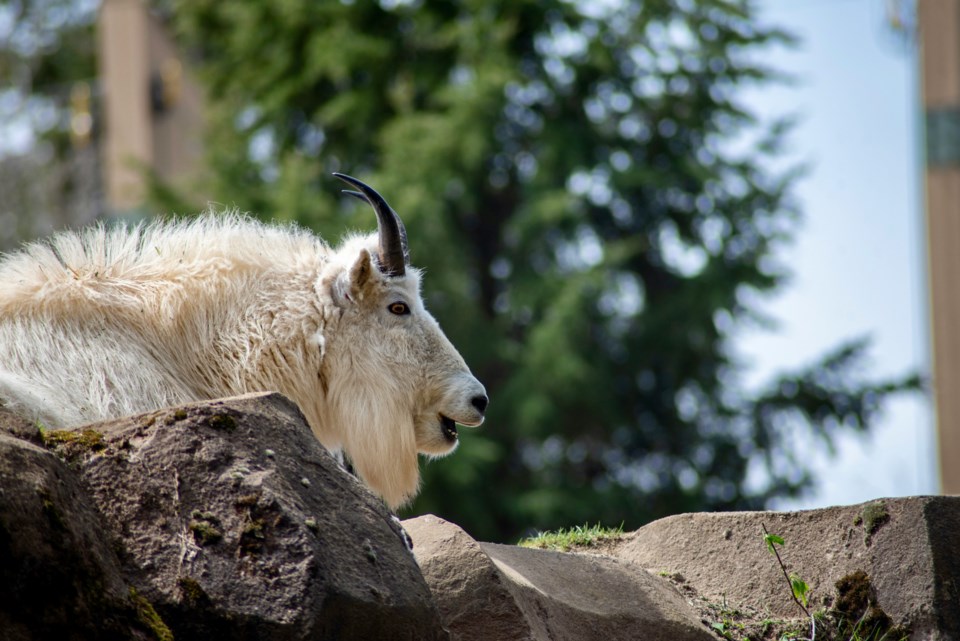
Mountain goats are strong alpine animals commonly found at high elevations, especially in areas like Quandary Peak and Mount Evans. Though generally peaceful, they can become aggressive if they feel threatened. It’s important to keep a safe distance, especially if they are blocking your path. These animals have sharp horns and powerful hooves, and they can potentially cause harm if provoked. Always avoid approaching them and ensure pets are leashed.
Rattlesnakes

Rattlesnakes are a common danger in Colorado, with species like the prairie rattlesnake found throughout the state. These snakes are typically shy and will warn you with their rattle if you’re too close. However, if surprised or cornered, they may strike, injecting venom that can be fatal if untreated. When hiking, always stay alert and give snakes plenty of space. Carry a first aid kit and know how to treat a bite if one occurs.
Black Bears
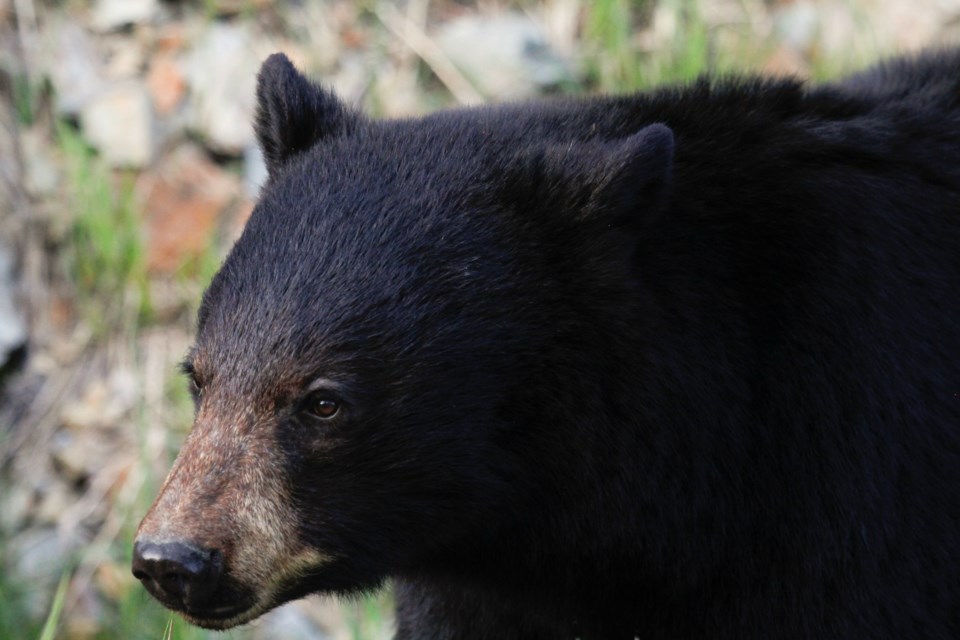
Black bears are widespread throughout Colorado and are most often seen near food sources like campsites or dumpsters. While they are not naturally aggressive, they can become dangerous when they feel threatened or are surprised. Black bears will usually avoid humans but can become defensive if provoked or if they are protecting their young. If you encounter one, it’s best to back away slowly and avoid eye contact. Keep food sealed and stored to reduce the likelihood of attracting them.
Coyotes
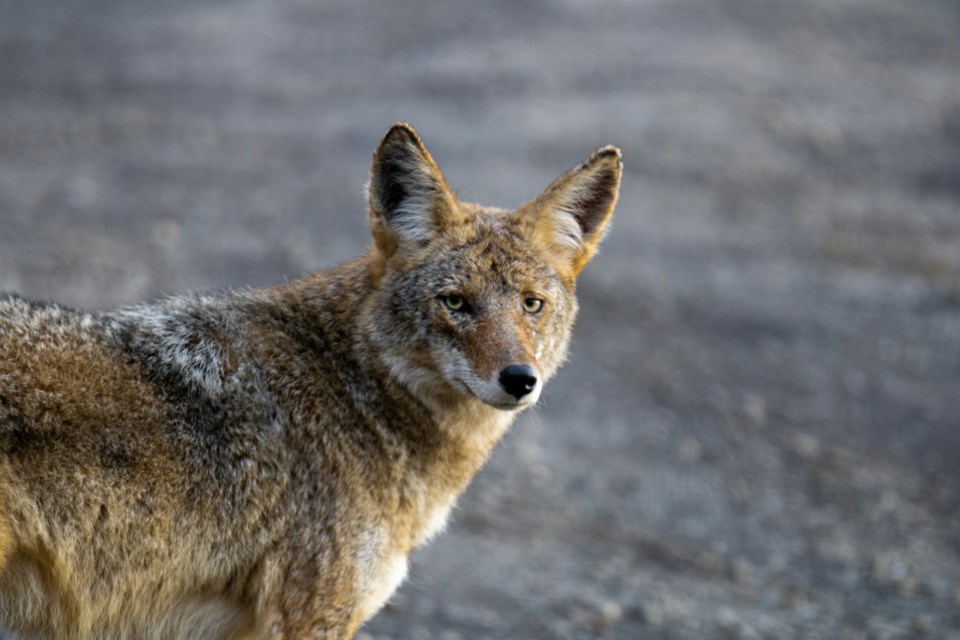
Coyotes are adaptable creatures that can be found across Colorado, from rural areas to urban neighborhoods. While they are generally not a threat to humans, they can become aggressive in rare instances, particularly when food is scarce or when they feel cornered. They are known to target small pets, so it’s essential to keep animals close and not allow them to roam freely. If a coyote approaches, make loud noises or throw objects to scare it away.
Mountain Lions (Cougars)
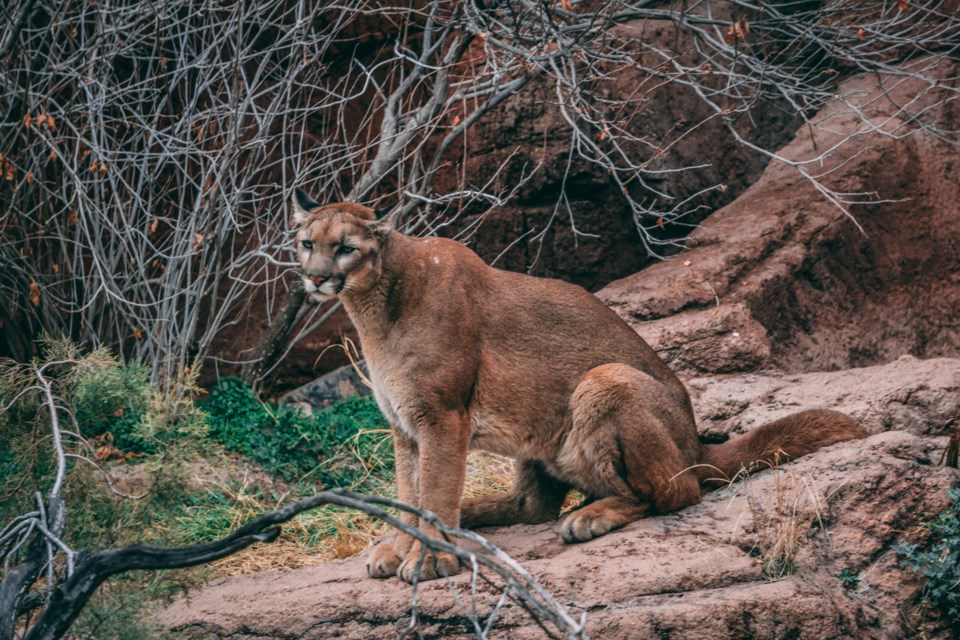
Mountain lions are stealthy predators that primarily hunt in the wild, but encounters with humans are not uncommon, especially in areas with dense populations. Although they are shy and prefer to avoid people, they can become aggressive if threatened. Mountain lions can grow up to 8 feet in length and weigh over 150 pounds, making them capable of serious harm. If you encounter one, back away slowly without turning your back, and if attacked, fight back with anything you can.
Elk, Moose, and Deer

Though typically peaceful, large animals like elk, moose, and deer can pose a significant risk if they feel threatened or are protecting their young. These animals can charge at high speeds, causing serious injury. If you find yourself near one, especially a moose, avoid sudden movements or loud noises, as this can provoke an attack. In the case of an elk or deer charge, finding cover is the best course of action.
Bighorn Sheep
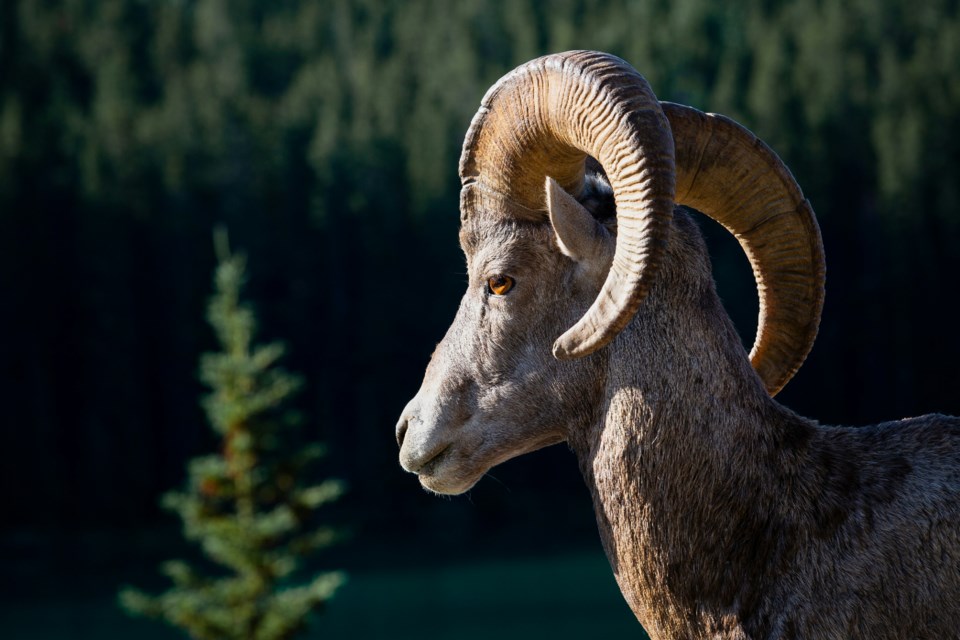
Bighorn sheep, known for their impressive horns, are typically non-aggressive but can become defensive during mating season. These animals are agile and fast, capable of charging with force if they feel threatened. Though violent incidents are rare, it’s important to stay a safe distance and avoid disrupting their natural behavior. If you encounter a bighorn sheep, remain calm and allow it to move away on its own.
Spiders
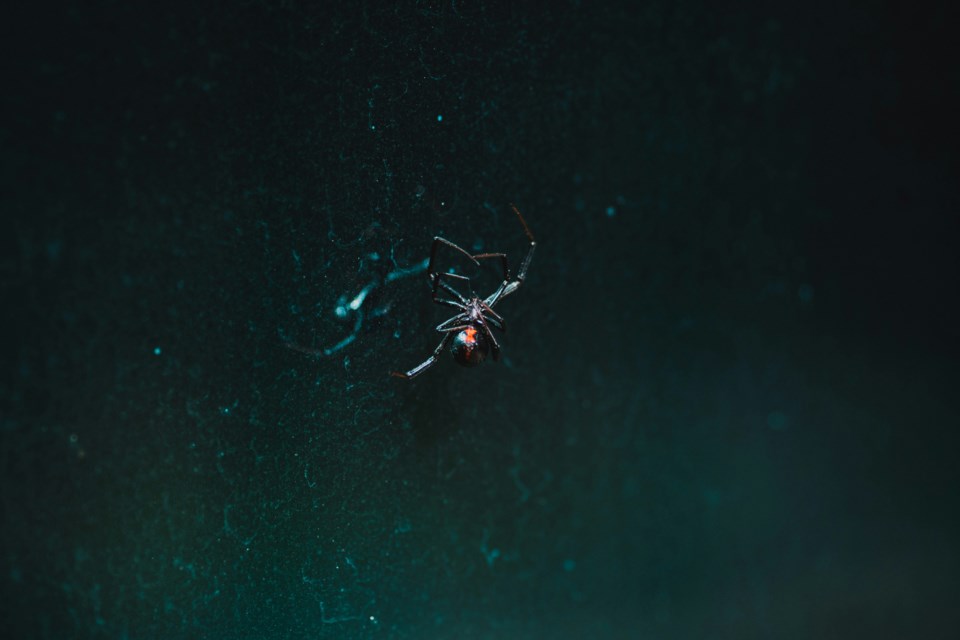
While most spiders in Colorado are harmless, two species—the black widow and brown recluse—are venomous and can be dangerous to humans. Their bites can lead to severe pain or, in rare cases, more serious health issues. Though black widows are unlikely to attack unless provoked, their venom can cause excruciating pain. Always be cautious when reaching into dark or hidden spaces, such as under rocks or logs, to avoid these potentially dangerous creatures.
Small Mammals
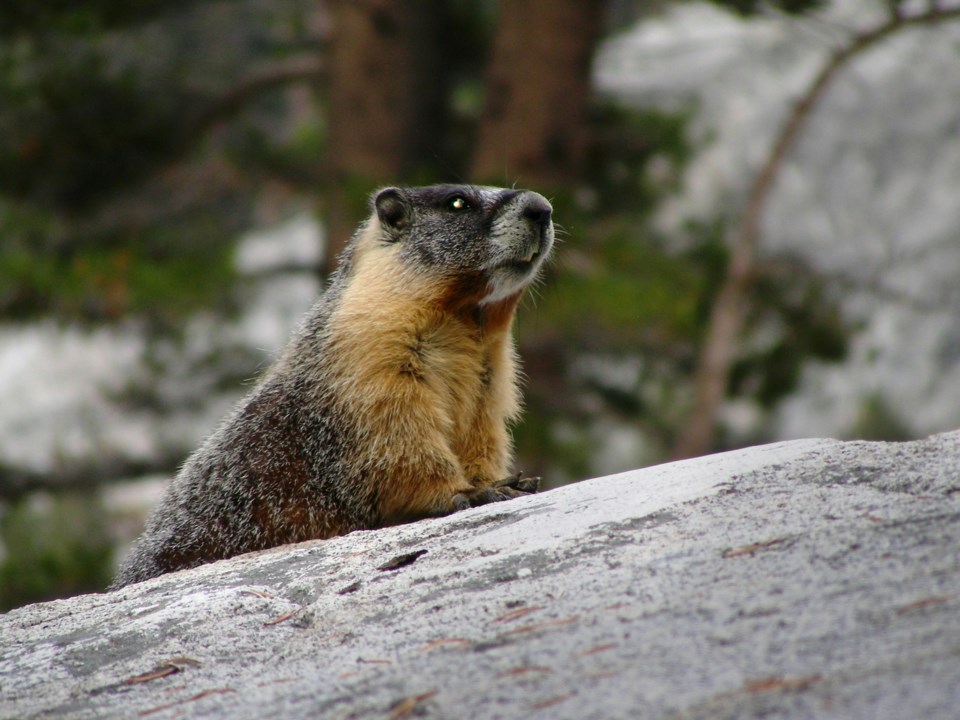
While smaller animals like marmots, squirrels, and raccoons may seem harmless, they can be dangerous if they feel cornered or threatened. These animals can carry diseases such as rabies, which can be transmitted through bites or scratches. It’s crucial to avoid getting too close to wildlife, especially in urban areas, where they may have become more accustomed to human interaction. Always treat any bite or scratch from a wild animal with caution and seek medical attention.
Ticks
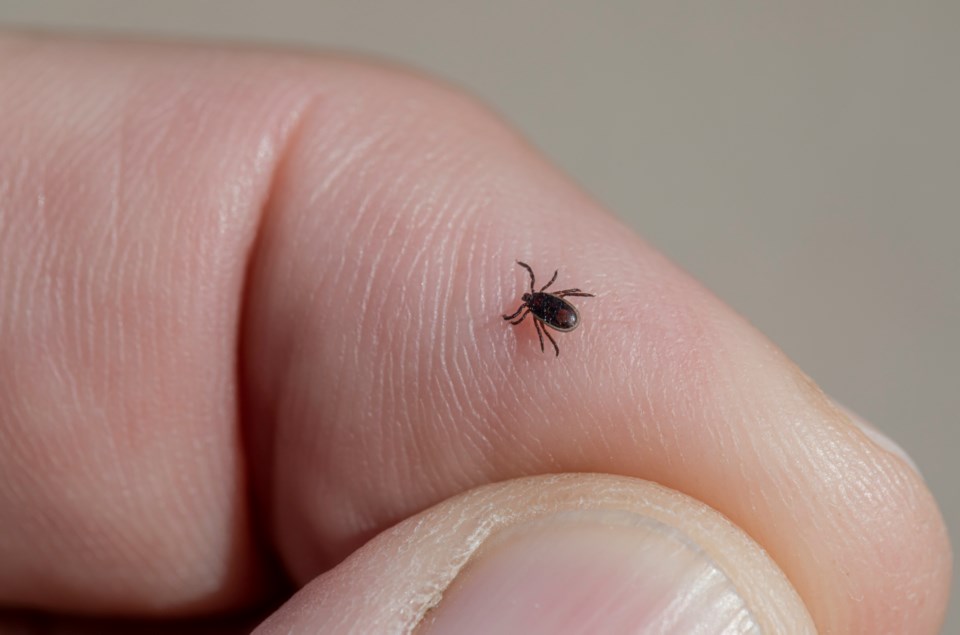
Ticks are small but can pose serious health risks in Colorado, particularly the Rocky Mountain wood tick. These tiny insects can transmit diseases like Colorado tick fever and Lyme disease. To prevent bites, wear long sleeves and pants while hiking in areas with dense vegetation, and always check for ticks after being outdoors. If a tick attaches to your skin, remove it carefully and disinfect the area to avoid infection.
5 Tips When Encountering Dangerous Wildlife
Stay Calm and Avoid Panic
In the event of an encounter with dangerous wildlife, staying calm is crucial. Panicking can lead to impulsive actions, such as running away or making sudden movements, which may trigger an aggressive response from the animal. Take a moment to breathe deeply and gather your thoughts. This will help you make more rational decisions and avoid escalating the situation. Remember, most wild animals will not attack unless they feel threatened.
Keep a Safe Distance
It's essential to always keep a safe distance between yourself and any wild animal. Approaching or getting too close to wildlife can lead to dangerous outcomes, as many animals may see humans as a threat to their safety or territory. The closer you get, the more likely the animal will feel cornered and defensive. If possible, observe the animal from a distance and respect its space. This minimizes the chance of provoking it.
Do Not Feed Wild Animals
Feeding wild animals is one of the biggest mistakes you can make. While it may seem harmless, feeding animals can lead them to associate humans with food. This changes their behavior, making them more likely to approach people in search of food, which increases the likelihood of an aggressive encounter. Always store your food in sealed containers and avoid leaving any food scraps behind to prevent animals from becoming accustomed to human presence.
Back Away Slowly
If you find yourself in close proximity to a dangerous animal, avoid turning your back or running away. Sudden movements may trigger the animal’s instinct to chase or attack. Instead, back away slowly while facing the animal. This allows the animal to understand that you are not a threat, which may prevent it from feeling the need to defend itself. Keep your movements slow and deliberate to show that you are not trying to provoke it.
Carry a First-Aid Kit
Accidents can happen when you're in the wild, and it’s always a good idea to be prepared. A first-aid kit can make all the difference if you are bitten, scratched, or injured. Be sure to pack essential items such as bandages, antiseptic wipes, and a snakebite kit, especially if you are in areas known for venomous creatures. Familiarize yourself with basic first-aid techniques so you can address injuries promptly until professional medical help is available. Carrying a first-aid kit provides peace of mind and is a crucial part of wilderness safety.
Conclusion: Stay Safe When Encountering Dangerous Wildlife in Colorado
When enjoying the beauty of Colorado’s wilderness, it’s important to remember that while the wildlife is awe-inspiring, it can also be dangerous. Knowing how to respond when encountering dangerous wildlife in Colorado can help you stay safe and avoid unnecessary risks. By staying calm, maintaining a safe distance, and taking proper precautions, you can ensure your adventures are both enjoyable and safe. Always be prepared, respect wildlife, and be mindful of your surroundings.


